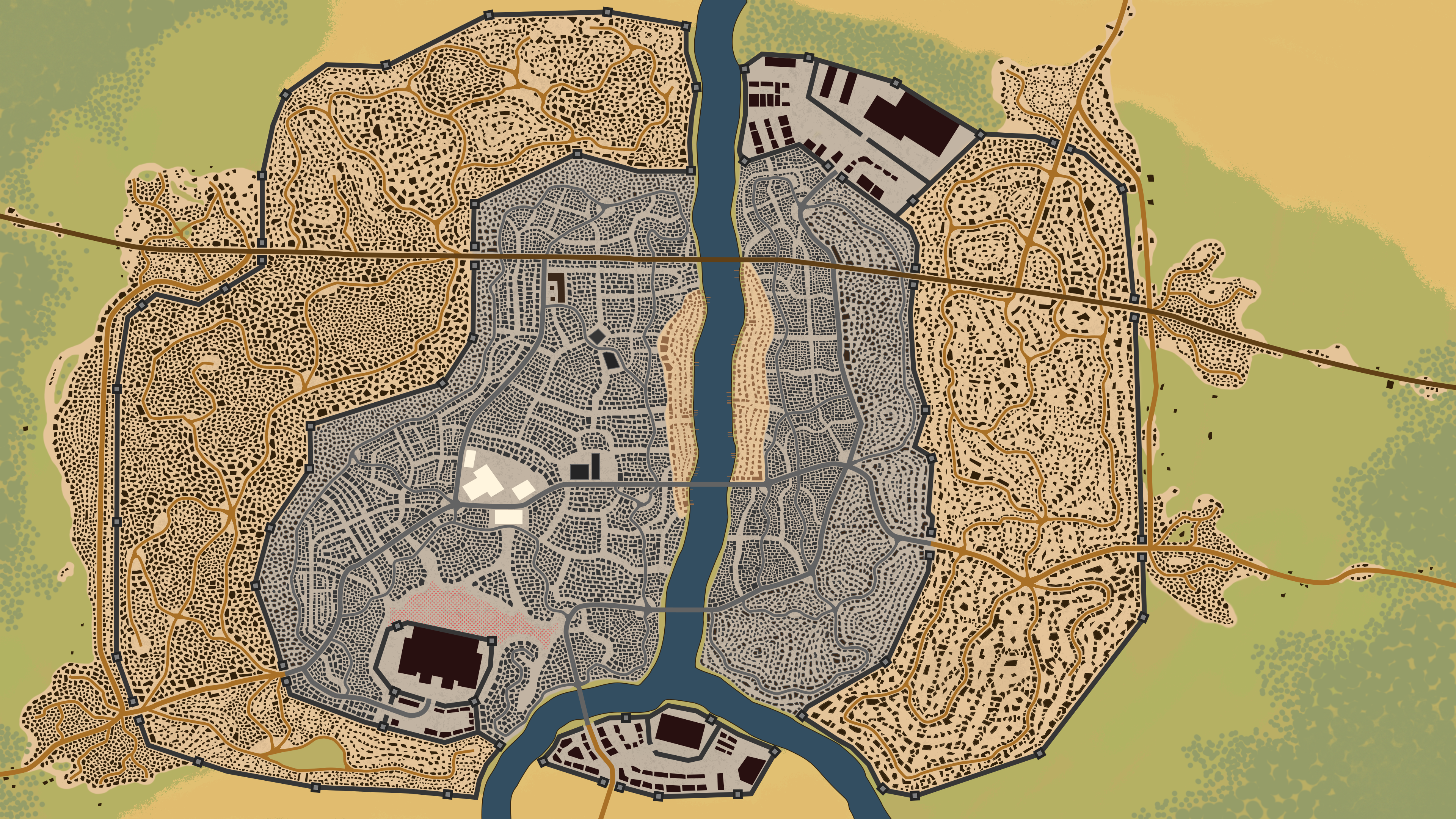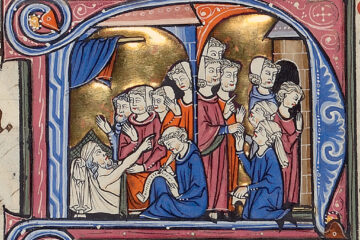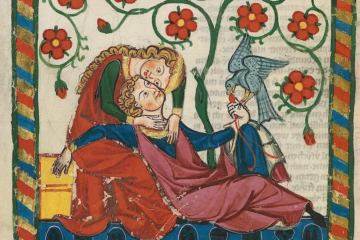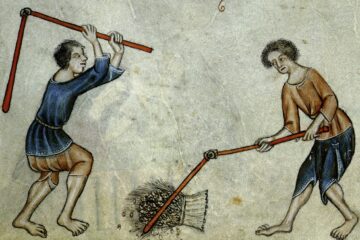A Brief History
The Capital, the City, Third Rome, the Old Imperial City, the Town of Roses, or just Rosewood, is known by its many names and by its long and rich history which goes back to the time of the Romans.
The settlement which was founded on the place where Rosewood stands today likely goes back to the times of the ancient people. The Romans were particular in keeping records about their conquered lands and settlements and as such the only surviving record of Rosewood’s pre-Roman heritage is known to us by its Gaulish name, Tigen Teutou Roudo Vidu, roughly translating into The Home of the Red Wood People. There are Celtic legends that speak of the site of Rosewood’s forest being home to a Spriggan, said to have been covered in red roses. The Gaulic tribes of the region worshiped the spirit until the Romans conquered them around 50 BC.
The Roman age brought civilization to the barbarian Gauls, by means of technology, logistics, and urbanization. Rosewood would from 30 BC be known as Rosvidium. During the construction of Fernyard Fortress, traces of a Roman estate have been found, and some have even been preserved within the garden, the Roman floor mosaic to be precise, which depicts a wild rose in the center. Besides the estate, Rosewood has physical traces of Roman rule, like the sewer and the Roman walls, which were torn down to construct the inner walls.
The Frankish invasion brought with itself a dark age when not much was written about Rosewood itself. It played a minor role in Frankish society from the VI to the IX century. We can only trace its ownership to a Frankish nobleman in 644 by the name of Theudmund when it was called Rōsewudu. In his letter to his King, Theudmund describes Rosewood as “a town of dreams, graced with the touch of the Romans, but with firm roots in Frankish soil.”
Not long after the fall of the Carolingian Empire, Rosewood became the cultural hub of Frankia after the sacking of both Paris and Aachen at the hands of the Northmen. What followed was decades of cultural change at the hands of the Anglo-Saxons of Britain, who defeated the Norman Vikings and decided to settle the rest of Frankia, claiming dominion over all of Gaul. Rosewood was not immune to this effect and it was during this period, shortly before the Death, that the City got the name Rosewood.
After recovering from the plague which had taken so many, Rosewood began to thrive. Skilled artisans, scholars, and nobles flocked to the City, boosting its appeal to the rest of society. Its growth remained steady until 1080 when it became stagnant. This would change however in 1168 with the Fall of Rosewood. Then around 50.000 lives were lost, and many more fled the burning City. If it hadn’t been for the Restoration of King Philip II, Rosewood’s history would have ended there. However, King Philip “the Just” invested heavily into the Restoration of Rosewood, and by 1200, its population had reached 160.000. As the City grew, so too it attracted more migration to it. Peasants were lured by promises of easy wealth, traders by its large market, pilgrims by its artifacts, nobles by its annual tourney, and foreigners by its prestige. Combined with its liberal history during the Age of the Empire, which continued well after its fall, Rosewood became the most popular city within Europe, rivaled only by Rome and Constantinople. By 1220, another 20.000 people had been accounted for, with no signs of stopping.
Below, the most recent rendition of the City Map of Rosewood:



